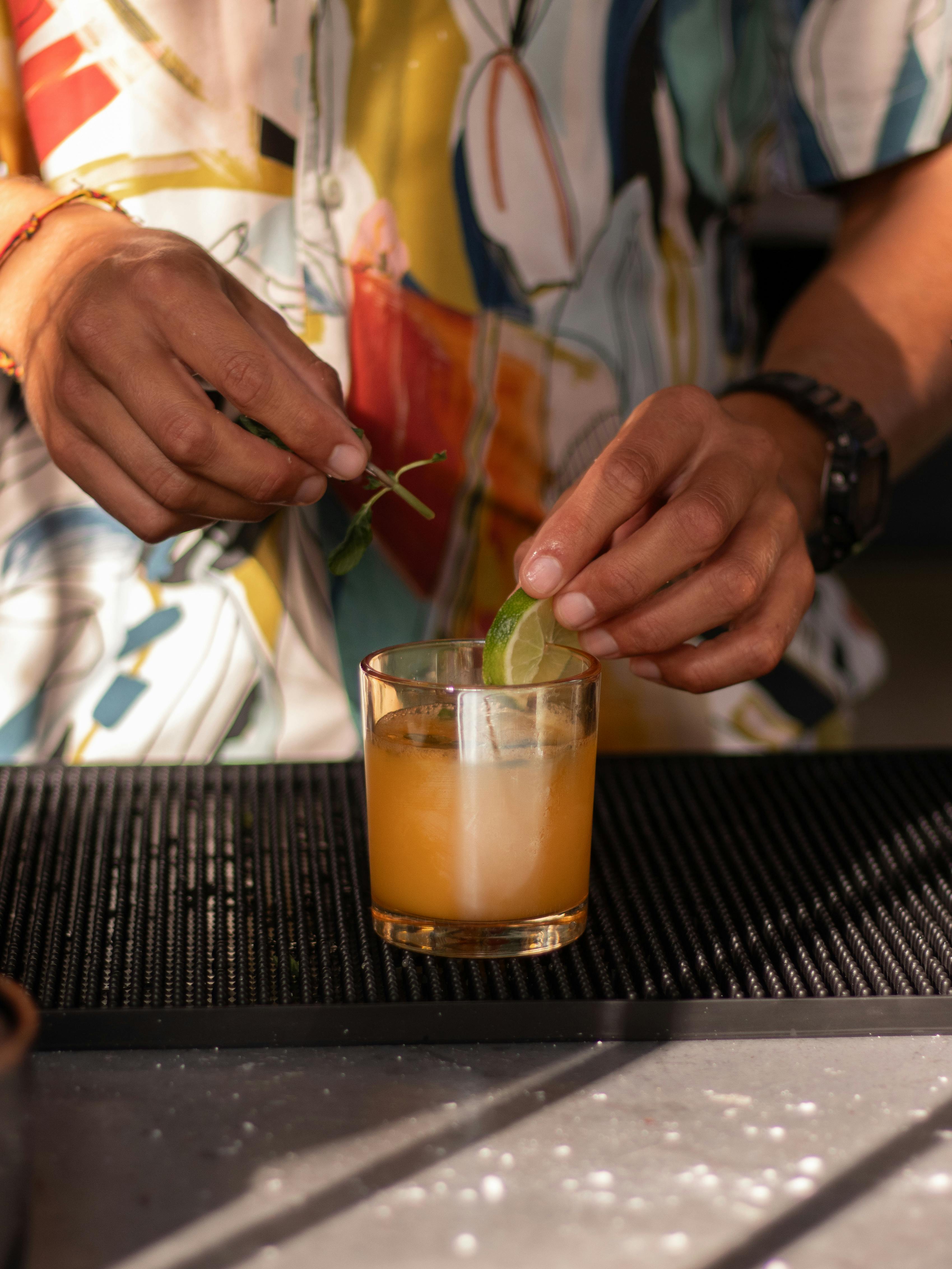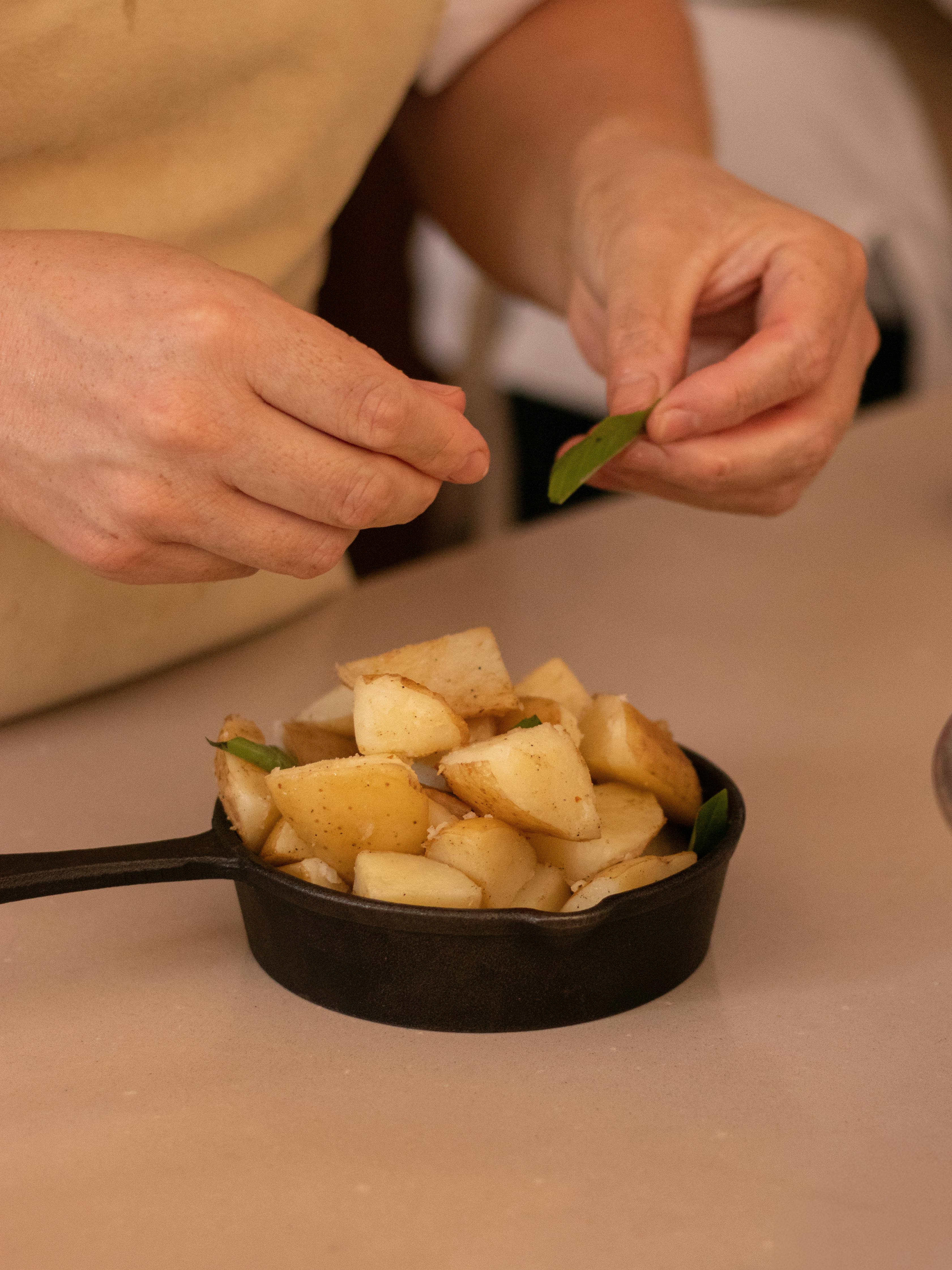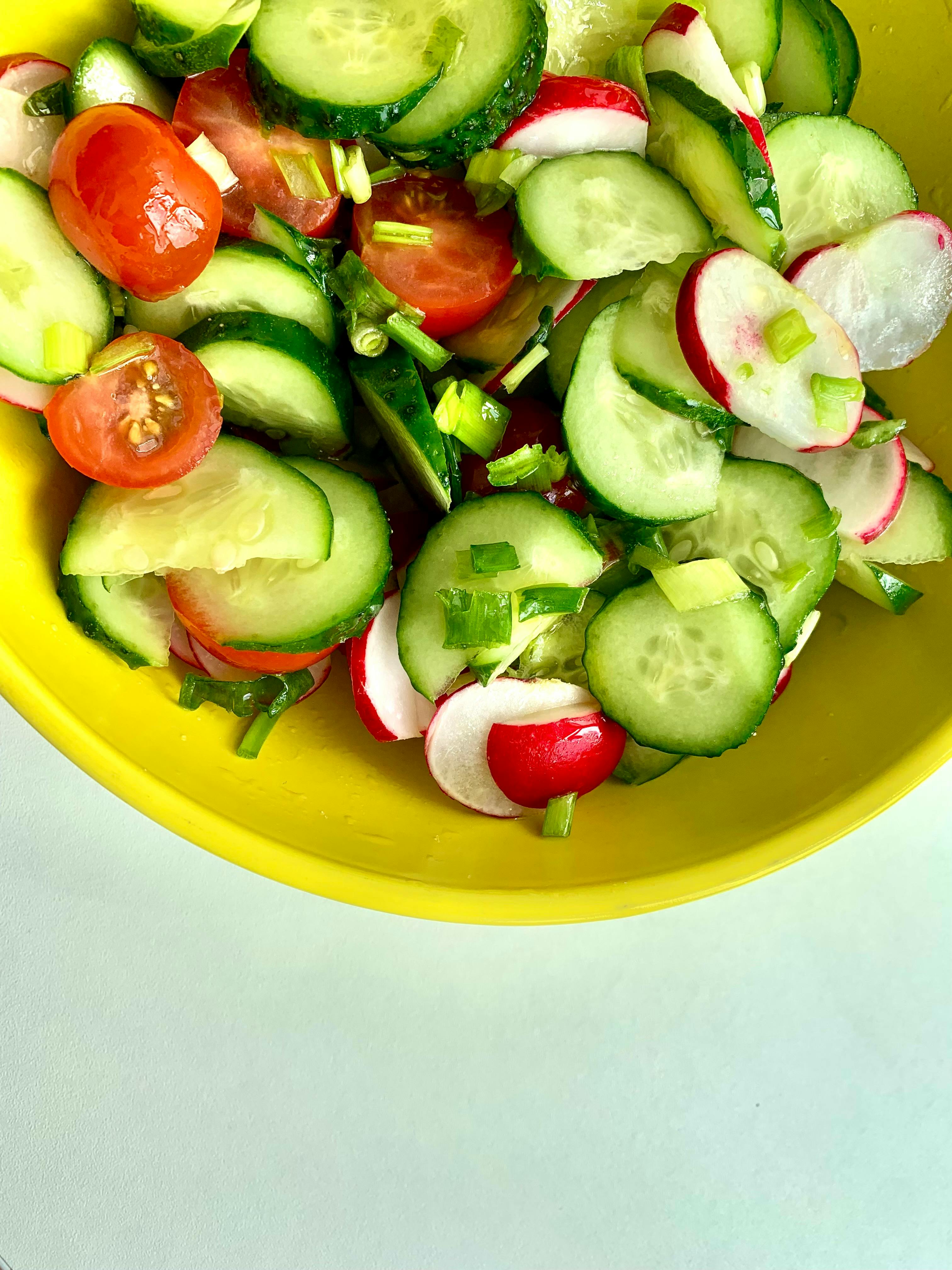code
Authentic Schäufele Recipe: A Complete 2025 Guide
If you’re seeking to master a truly timeless German dish, the Schäufele recipe is your gateway to culinary authenticity. Rooted in Bavarian and Franconian traditions, this pork shoulder specialty continues to delight both home cooks and gourmet chefs. In this comprehensive guide, you’ll uncover the origins, techniques, and modern twists that make Schäufele a must-try meal.

Understanding the Fundamentals
Schäufele, pronounced “shoy-fuh-luh,” is a roasted pork shoulder dish primarily popular in southern Germany, especially Franconia and Baden. This recipe highlights crispy pork skin, moist meat, and hearty flavors, often served with dumplings and sauerkraut.
Understanding the basics of the Schäufele recipe helps you replicate its authentic flavor while adapting it to your own kitchen. It’s not just about ingredients—it’s about process and respect for tradition.
1.1 The Essence of Schäufele
At its core, Schäufele involves bone-in pork shoulder, slow-roasted with a crisp crackling skin. The name comes from the word “Schaufel,” or shovel, due to the bone’s shape. Roasting this cut low and slow allows for tender meat while retaining deep, savory flavors.
Popular during festive holidays and beer garden seasons, the dish serves as a symbol of hospitality in German cuisine. It often takes center stage at Sunday dinners and family celebrations.
1.2 Regional Interpretations
While the Franconian version focuses on dry-roasting with beer and caraway, the Baden variant includes curing and boiling, resulting in a different texture and flavor profile. These interpretations make Schäufele one of Germany’s most versatile dishes.
By exploring these versions, home cooks can decide whether they prefer the robust roast or a softer, cured variation. Either path leads to culinary satisfaction, with the Schäufele recipe as your foundation.
Practical Implementation Guide
Bringing the Schäufele recipe to life requires focus and technique. Whether you’re new to German cooking or experienced with roasts, these steps will guide you from raw shoulder to golden perfection.

2.1 Actionable Steps
- Preparation: Score the pork skin in a crisscross pattern. Season with salt, caraway seeds, garlic, and pepper. Let it rest overnight in the fridge uncovered to dry the skin.
- Roasting Setup: Preheat the oven to 325°F (160°C). Place the pork shoulder on a rack over a baking dish. Add chopped onions, carrots, celery, and 500ml of dark beer.
- Cooking Time: Roast for 2.5–3 hours. Baste the meat every 30 minutes. In the final 15 minutes, raise the heat to 425°F (220°C) for crisp skin. Internal temperature should hit 160°F (70°C).
2.2 Overcoming Challenges
Common issues include soggy crackling, overcooked meat, or uneven seasoning. To avoid these:
- Dry the skin overnight to ensure crispiness.
- Use a meat thermometer to monitor internal temperature.
- Don’t skip basting—it keeps the meat juicy and flavorful.
Expert tip: Placing the shoulder skin-side up without any foil helps build the ideal crust. If using a convection oven, reduce time by 15% for even cooking.
Advanced Applications
Once you’ve mastered the basic Schäufele recipe, elevate your skills with gourmet adaptations and modern fusions. These techniques bring innovation without losing tradition.

3.1 Beer-Marinated Schäufele
Marinating the pork shoulder in beer, mustard, and herbs for 24 hours enhances flavor and tenderizes the meat. This version is ideal for festive dinners or BBQs. A study by the Culinary Institute of Germany found marinated roasts retained 18% more moisture than non-marinated cuts.
Serve with sweet potato mash and spiced red cabbage for a restaurant-grade experience. This twist offers deeper complexity in flavor while staying true to the traditional Schäufele recipe.
3.2 Sous-Vide Adaptation
Sous-vide preparation offers unmatched consistency. Vacuum-seal the seasoned pork and cook at 160°F (70°C) for 20 hours. Finish in the oven to crisp the skin. This method guarantees tender results every time.
Pair this approach with a mustard reduction or plum glaze to introduce a modern touch without overwhelming the dish’s rustic charm.
Future Outlook
The resurgence of comfort foods like Schäufele signals a return to slow cooking and heritage meals. In Germany and beyond, chefs are showcasing regional dishes on global menus, indicating a bright future for traditional recipes.
As technology evolves, expect more home cooks to embrace smart ovens and sous-vide techniques for precision. The Schäufele recipe will continue adapting while holding onto its cultural roots. Staying ahead means learning both tradition and tech-driven techniques.
Conclusion
To summarize, Schäufele stands out due to its rich history, distinct preparation methods, and unmatched flavor. You’ve learned about its regional differences, how to prepare it properly, and ways to innovate it further.
Now is the time to bring this recipe into your kitchen. Start with the classic version, experiment with advanced methods, and share the joy of German cooking with family and friends. Embrace this heritage meal with confidence.
Frequently Asked Questions
- Q: What is Schäufele? Schäufele is a traditional German pork shoulder roast, known for its crispy skin and tender meat, often enjoyed in Bavaria and Franconia.
- Q: How do I get started with the Schäufele recipe? Begin by sourcing high-quality bone-in pork shoulder, then follow the seasoning and slow-roasting steps outlined in this guide.
- Q: How long does it take to make Schäufele? It typically takes 3 to 3.5 hours, including preparation and roasting. Longer if marinating or using sous-vide.
- Q: Is Schäufele an expensive dish to make? Costs vary based on meat quality, but it’s generally affordable. Expect to spend between $15–$25 for a meal serving 4–6 people.
- Q: How does Schäufele compare to other pork roasts? Unlike pulled pork or ham, Schäufele emphasizes crispy skin and German seasoning traditions, offering a distinct texture and flavor.
- Q: Is this recipe difficult to execute? While it requires attention to detail, even beginners can succeed with careful timing and the right tools like a meat thermometer.
- Q: Can Schäufele be used in restaurant menus? Absolutely. Many modern German restaurants now feature this dish as a flagship entree, often with seasonal or regional twists.
